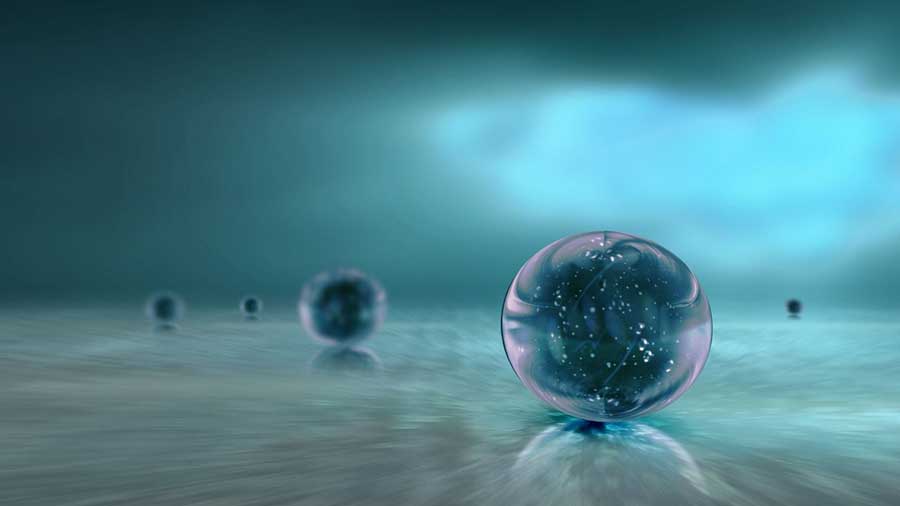Another universe showing? Mysterious bright spots found at edge of Milky Way
An astrophysicist in California may have just peeked into a parallel universe, providing tantalizing – and tentative – evidence that ours is not the only universe out there.
Chary recently conducted a study which suggests something called cosmic bruising-an event which occurs as a result of one universe bumping into another universe-could explain an anomaly they had found in a map of the cosmic microwave background. Chary’s study could be a relevant advance for the cosmic inflation theory.
“Unusual claims like evidence for alternate universes require a very high burden of proof”, said Chary.
Nonetheless, the possibility that the evidence of a parallel universe may have been spied in space is tantalizing, no matter how preliminary.
A large number of well-known astrophysicists and cosmologists support the idea of parallel universes, but the concept has also seen its fair share of controversy, with many scientists dismissing the idea of a multiverse as being more of a science fiction concept or a philosophical one, rather than an actual scientific possibility.
According to RT, Ranga-Ram wasn’t exactly looking at the CMB. It was explained as the light left over from thousands of years after the Big Bang. Since hydrogen is made up of a single positively charged proton and a single negatively charged electron, patches from that era have a limited range of easily identified colors.
Writing in the popular science magazine New Scientist, Chary said that if he is right then our universe might be a region within an eternally inflating super-region. “Many other regions beyond our observable universe would exist with each such region governed by a different set of physical parameters than the ones we have measured for our universe”. This level makes Chary’s analysis an vital one. Based on existing theories, a collision between our universe and another should be possible, and the glow is the result of the fact that the physics of matter from another universe would be different from that of matter in our universe, New Scientist added.
Multiverse theorists argue that the continuous expansion of the universe has produced various pockets of energy which ended up expanding at a much faster rate and created several other pocket universes of their own.
Of course, “here” means “the entire universe”, and we’re talking about hunting for subatomic particles, so it would take a good long while to find them. This led Chary to recommend that this glow could possibly be matter from one other universe which is leaking. In keeping with Chary, the spots of sunshine had been four, 500 occasions brighter.








